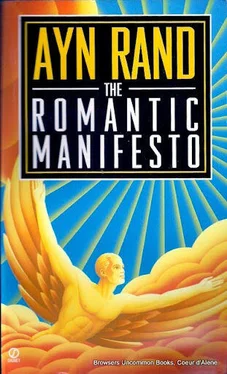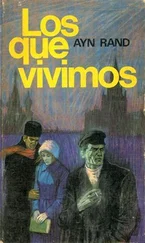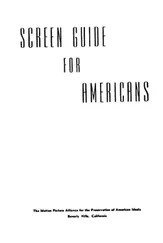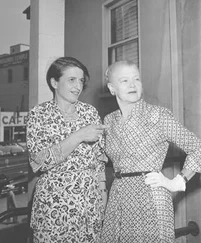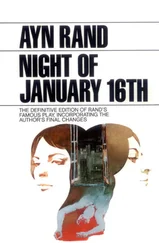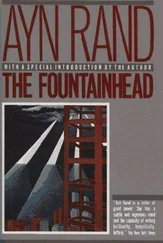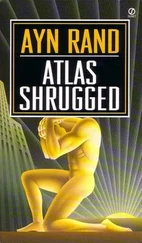The Objectivist is a magazine that deals with the application of my philosophy to the problems and issues of today’s culture. For further information, those interested may write to OBJECTIVISM, PO Box 51808, Irvine, California 92619.
AYN RAND
New York City
June 1969
1. The Psycho-Epistemology of Art
THE position of art in the scale of human knowledge is, perhaps, the most eloquent symptom of the gulf between man’s progress in the physical sciences and his stagnation (or, today, his retrogression) in the humanities.
The physical sciences are still ruled by some remnants of a rational epistemology (which is rapidly being destroyed), but the humanities have been virtually abandoned to the primitive epistemology of mysticism. While physics has reached the level where men are able to study subatomic particles and interplanetary space, a phenomenon such as art has remained a dark mystery, with little or nothing known about its nature, its function in human life or the cause of its tremendous psychological power. Yet art is of passionately intense importance and profoundly personal concern to most men—and it has existed in every known civilization, accompanying man’s steps from the early hours of his prehistorical dawn, earlier than the birth of written language.
While, in other fields of knowledge, men have outgrown the practice of seeking the guidance of mystic oracles whose qualification for the job was unintelligibility, in the field of esthetics this practice has remained in full force and is becoming more crudely obvious today. Just as savages took the phenomena of nature for granted, as an irreducible primary not to be questioned or analyzed, as the exclusive domain of unknowable demons—so today’s epistemological savages take art for granted, as an irreducible primary not to be questioned or analyzed, as the exclusive domain of a special kind of unknowable demons: their emotions. The only difference is that the prehistorical savages’ error was innocent.
One of the grimmest monuments to altruism is man’s culturally induced selflessness : his willingness to live with himself as with the unknown, to ignore, evade, repress the personal (the non-social ) needs of his soul, to know least about the things that matter most, and thus to consign his deepest values to the impotent underground of subjectivity and his life to the dreary wasteland of chronic guilt.
The cognitive neglect of art has persisted precisely because the function of art is non-social. (This is one more instance of altruism’s inhumanity, of its brutal indifference to the deepest needs of man—of an actual, individual man. It is an instance of the inhumanity of any moral theory that regards moral values as a purely social matter.) Art belongs to a non-socializable aspect of reality, which is universal (i.e., applicable to all men) but non-collective: to the nature of man’s consciousness.
One of the distinguishing characteristics of a work of art (including literature) is that it serves no practical, material end, but is an end in itself; it serves no purpose other than contemplation—and the pleasure of that contemplation is so intense, so deeply personal that a man experiences it as a self-sufficient, self-justifying primary and, often, resists or resents any suggestion to analyze it: the suggestion, to him, has the quality of an attack on his identity, on his deepest, essential self.
No human emotion can be causeless, nor can so intense an emotion be causeless, irreducible and unrelated to the source of emotions (and of values): to the needs of a living entity’s survival. Art does have a purpose and does serve a human need; only it is not a material need, but a need of man’s consciousness. Art is inextricably tied to man’s survival—not to his physical survival, but to that on which his physical survival depends: to the preservation and survival of his consciousness.
The source of art lies in the fact that man’s cognitive faculty is conceptual —i.e., that man acquires knowledge and guides his actions, not by means of single, isolated percepts, but by means of abstractions.
To understand the nature and function of art, one must understand the nature and function of concepts.
A concept is a mental integration of two or more units which are isolated by a process of abstraction and united by a specific definition. By organizing his perceptual material into concepts, and his concepts into wider and still wider concepts, man is able to grasp and retain, to identify and integrate an unlimited amount of knowledge, a knowledge extending beyond the immediate concretes of any given, immediate moment.
In any given moment, concepts enable man to hold in the focus of his conscious awareness much more than his purely perceptual capacity would permit. The range of man’s perceptual awareness—the number of percepts he can deal with at any one time—is limited. He may be able to visualize four or five units—as, for instance, five trees. He cannot visualize a hundred trees or a distance of ten light-years. It is only his conceptual faculty that makes it possible for him to deal with knowledge of that kind.
Man retains his concepts by means of language. With the exception of proper names, every word we use is a concept that stands for an unlimited number of concretes of a certain kind. A concept is like a mathematical series of specifically defined units, going off in both directions, open at both ends and including all units of that particular kind. For instance, the concept “man” includes all men who live at present, who have ever lived or will ever live—a number of men so great that one would not be able to perceive them all visually, let alone to study them or discover anything about them.
Language is a code of visual-auditory symbols that serves the psycho-epistemological function of converting abstractions into concretes or, more precisely, into the psycho-epistemological equivalent of concretes, into a manageable number of specific units.
(Psycho-epistemology is the study of man’s cognitive processes from the aspect of the interaction between the conscious mind and the automatic functions of the subconscious.)
Consider the enormous conceptual integration involved in any statement, from the conversation of a child to the discourse of a scientist. Consider the long conceptual chain that starts from simple, ostensive definitions and rises to higher and still higher concepts, forming a hierarchical structure of knowledge so complex that no electronic computer could approach it. It is by means of such chains that man has to acquire and retain his knowledge of reality.
Yet this is the simpler part of his psycho-epistemological task. There is another part which is still more complex.
The other part consists of applying his knowledge—i.e., evaluating the facts of reality, choosing his goals and guiding his actions accordingly. To do that, man needs another chain of concepts, derived from and dependent on the first, yet separate and, in a sense, more complex: a chain of normative abstractions.
While cognitive abstractions identify the facts of reality, normative abstractions evaluate the facts, thus prescribing a choice of values and a course of action. Cognitive abstractions deal with that which is ; normative abstractions deal with that which ought to be (in the realms open to man’s choice).
Ethics, the normative science, is based on two cognitive branches of philosophy: metaphysics and epistemology. To prescribe what man ought to do, one must first know what he is and where he is—i.e., what is his nature (including his means of cognition) and the nature of the universe in which he acts. (It is irrelevant, in this context, whether the metaphysical base of a given system of ethics is true or false; if it is false, the error will make the ethics impracticable. What concerns us here is only the dependence of ethics on metaphysics.)
Читать дальше
